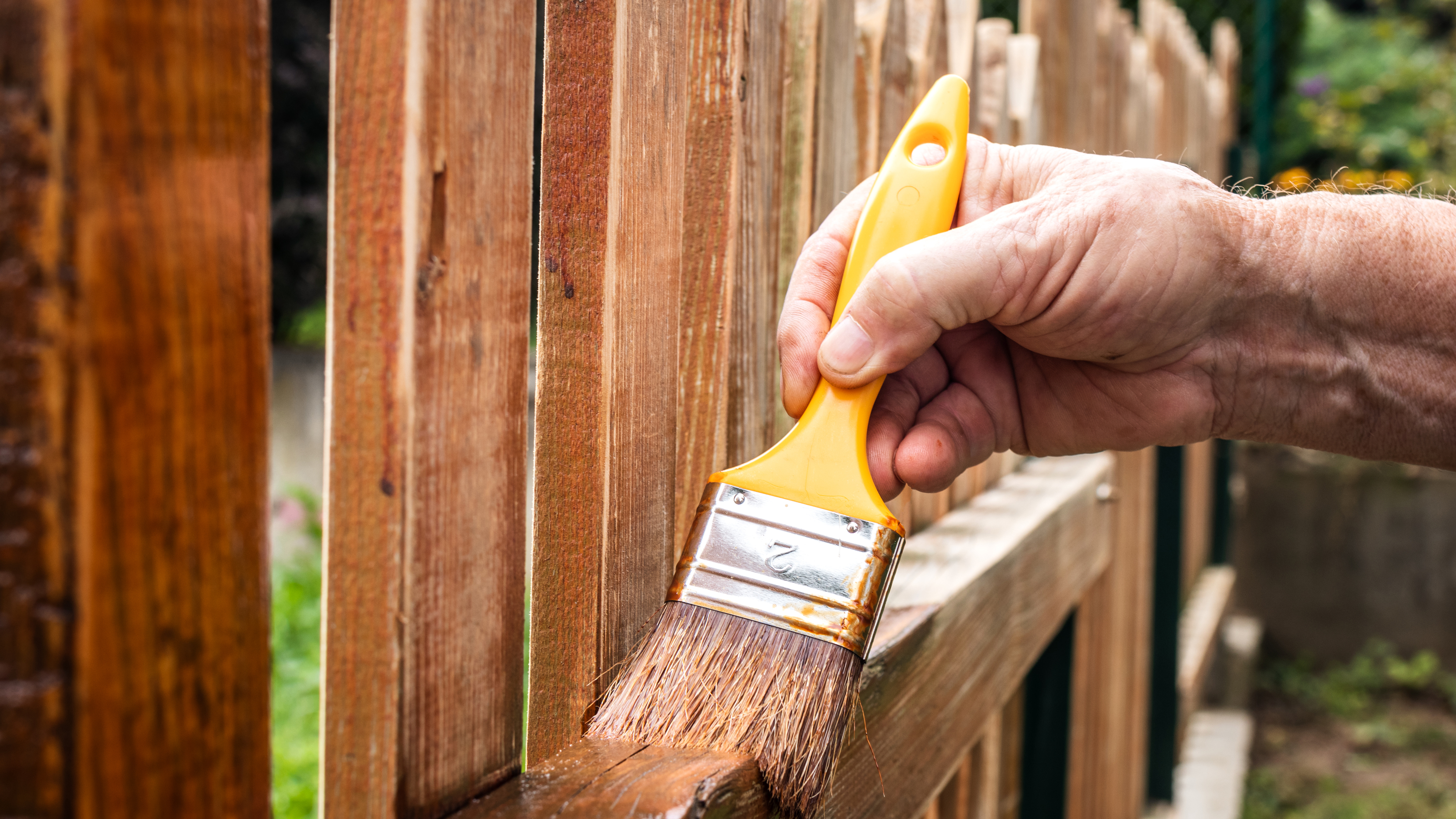Exactly How to Select the Right Fence Stain for Your Home
When it comes to enhancing the appearance and longevity of your residential property's fencing, selecting the ideal discolor is a vital choice that requires careful consideration. How can you guarantee that you select the perfect fence stain that aligns with your home's style and maintenance needs?
Recognizing Timber Types
To select the ideal fencing discolor, it is important to have a detailed understanding of the different types of timber frequently utilized for fencing. The selection of timber plays a vital function in figuring out the long life and general appearances of the fencing. Cedar is a prominent option because of its natural resistance to degeneration and insects, making it a durable choice for outdoor structures. Pine is another typical timber used in fence, known for its cost and convenience of staining. Nonetheless, pine is a lot more prone to bending and decomposing compared to cedar. Redwood is a premium option understood for its striking appearance and natural longevity, though it includes a greater cost. When choosing a fencing stain, it is essential to take into consideration the sort of wood being made use of to ensure compatibility and ideal defense. Understanding the qualities of various wood types will certainly aid you make an informed choice when it concerns selecting the ideal fencing stain for your residential property - Fence Staining Nashville TN.
Selecting the Right Color
Choosing a suitable tone for your fence stain is an important decision that significantly affects the total visual charm of your residential property. Lighter colors such as whites or light grays can make a fencing show up larger and add a touch of sophistication to your home. Ultimately, the ideal shade choice will certainly enhance the appeal of your fencing and raise the overall curb charm of your home.

Thinking About Transparency Degrees
When picking the best shade for your fencing discolor, another vital facet to consider is the degree of transparency that will ideal fit your residential property's aesthetic and maintenance needs. Openness degrees in fencing spots normally fall into 3 classifications: clear, semi-transparent, and strong. Consider the level of direct exposure your fence deals with, the desired maintenance regularity, and the visual you want to attain when selecting the best transparency degree for your fencing tarnish.
Reviewing Upkeep Demands
Thinking about the long life and upkeep of your fence, reviewing the maintenance requirements is important in determining one of the most appropriate fencing discolor for your home. The level of maintenance needed for your fencing can differ depending on variables such as the sort of wood, climate conditions in your area, and your personal choices.
When evaluating maintenance demands, it is necessary to think about the toughness of the fence discolor. Some discolorations need more frequent reapplication than others, so picking a tarnish with a longer lifespan can help in reducing the general upkeep requirements of your fencing (Fence Staining Service). Additionally, aspects such as resistance to UV rays, water, and mildew can impact exactly how often you require to re-stain your fencing

Testing Examples Before Application
Prior to applying any kind of fencing stain, it is advisable to perform sample examinations to ensure compatibility with the timber and desired visual outcome. Evaluating samples enables you to assess just how the tarnish will communicate with the specific type of timber made use of in your fence, as different woods can take in discolorations differently. To begin, choose a little inconspicuous location of the fence to apply the tarnish examples.
Final Thought
To conclude, selecting the proper fencing stain for your i thought about this residential property involves understanding the wood type, choosing the appropriate shade, taking into consideration openness levels, reviewing maintenance needs, and screening samples before application (Fence Staining Service). By taking these factors right into factor to consider, you can ensure that your fencing discolor complements your residential property while supplying the essential security and durability. Make an informed choice to boost the look and durability of your fence